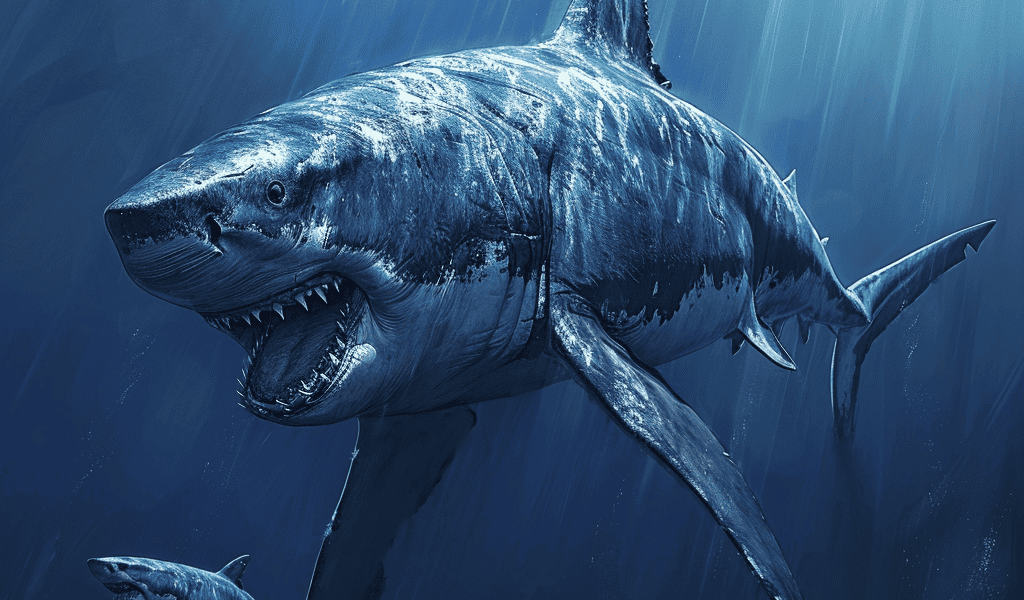Megalodons, the enormous prehistoric sharks that have captured the imagination of many through movies like ‘The Meg,’ may have had a slimmer physique than previously believed, according to a recent study.
Previous reconstructions of megalodons were based on the body proportions of modern great white sharks. However, a new study led by Kenshu Shimada, a paleobiologist at DePaul University in Chicago, and Phillip Sternes, a doctoral candidate at the University of California at Riverside, suggests that megalodons would have had a more elongated and slender body compared to great whites.
The Otodus megalodon, which lived over 23 million years ago, is a creature shrouded in mystery due to the scarcity of its fossils. While fossilized shark teeth are abundant, the bodies of these ancient sharks were primarily made of cartilage, making them rarely preserved. The recent research is based on the reevaluation of an incomplete set of fossil vertebrae discovered in Belgium.
Previous estimates suggested that a specific megalodon would have measured 9.2 meters (30.2 feet) in length. However, the new study indicates that this individual would have been at least 11.1 meters (36.4 feet) long. Shimada pointed out that the fossil vertebrae would not have been able to support a shark of this length if it had the same body shape as a great white shark.
According to Shimada, applying the body form of a great white shark directly to the vertebral column would result in unrealistically small vertebrae, unable to support the shark’s body. He emphasized that shark skeletons, being cartilaginous, are not as strong as bones and would not provide sufficient support for the muscles of a body shaped like that of a great white, increasing the risk of spinal cord injuries.
Shimada also noted that some shark species, including the megalodon, exhibit strengthening of their cartilage through calcification, a process where calcium builds up and hardens the cartilage.





